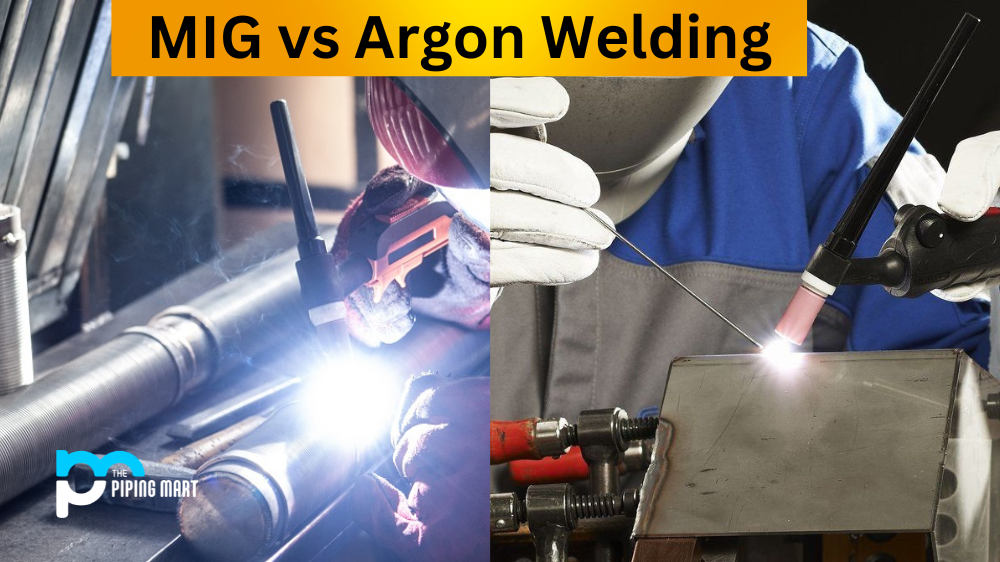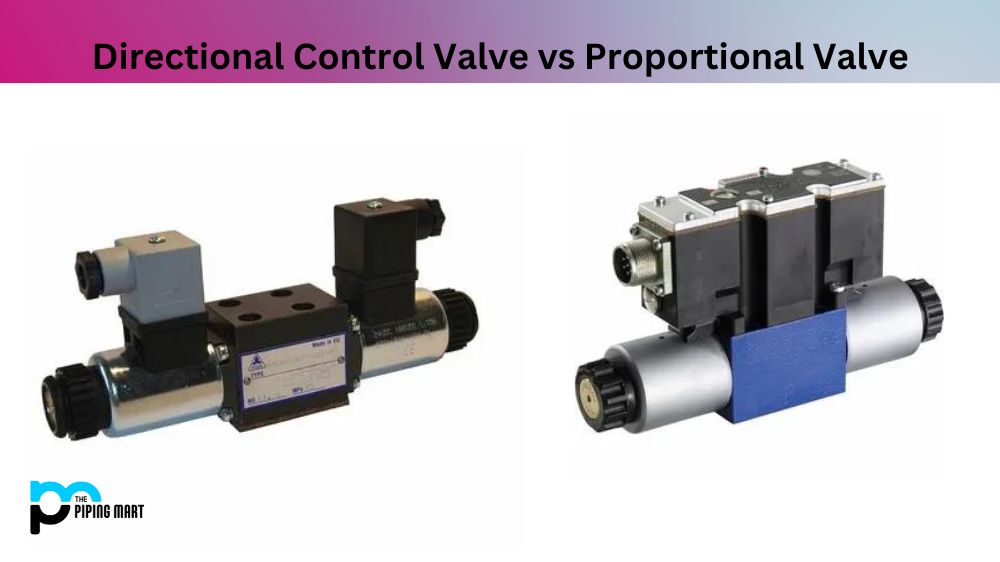Cold-drawn metal is a process whereby metal shapes and bars are formed at room temperature. This process has a number of advantages over traditional hot rolling methods, including stronger and more accurate shapes, improved surface finish, increased strength, improved grain structure, and cost savings. Let’s take a closer look at the advantages and disadvantages of cold-drawn metal.
Advantages of Cold-Drawn Metal
One of the main advantages of cold-drawn metal is that it produces stronger shapes than traditional hot-rolling methods. The process produces less internal stress during production, so the resulting shape is stronger. Additionally, because the shape is produced at room temperature, it is also more accurate than shapes created through hot rolling processes. This accuracy makes cold-drawn metal ideal for use in precision components such as bolts or screws used in machine parts.
Another advantage of cold-drawn metal is its improved surface finish. The surfaces are smoother than those produced by hot rolling processes, which means they require less post-processing to achieve the desired finish. Furthermore, because the grain structure of the material isn’t disrupted by high temperatures during production, cold-drawn metal also tends to have better mechanical properties, such as strength and ductility, when compared to hot-rolled materials. Finally, cold drawing requires less energy than traditional hot rolling methods, which can lead to cost savings on large-scale production runs.
- Cold-drawn metal has a higher tensile strength than other types of metal.
- Cold-drawn metal is more resistant to wear and tear.
- Cold-drawn metal is less likely to break or crack under pressure.
- Cold-drawn metal is more ductile, meaning it can be easily formed into shapes.
- Cold-drawn metal has a smoother surface finish than other types of metal.
- Cold-drawn metal is more corrosion-resistant than other types of metal.
Disadvantages of Cold-Drawn Metal
Despite these benefits, there are some drawbacks to using cold-drawn metals for your projects or applications. One issue with this process is that it cannot be used for all types of materials since not all metals respond well to being formed at room temperature – some will require higher temperatures for forming into specific shapes or sizes. Additionally, since the process requires several passes through multiple dies in order to form an object, there can be issues with tool wear which can lead to shorter service life or increased production costs if frequent tool changes are required. Finally, due to its complex nature, the set-up time required for producing parts with a cold drawing can be long, which could increase lead times and overall project costs if multiple components need to be produced quickly.
- Cold-drawn metal may have a lower strength than the annealed metal of the same composition.
- It may also be less ductile, meaning it will fracture more easily.
- Additionally, cold-drawn metal is more likely to crack during the drawing process.
- Cold-drawn metal is also more expensive than annealed metal, as the drawing process is more labour-intensive.
- Finally, cold-drawn metal is typically only available in small sizes, as the drawing process cannot be used to create large pieces of metal.
Conclusion:
Cold-drawn metal has many advantages over traditional hot rolling methods, including stronger shapes and improved surface finish that requires fewer post-processing steps to achieve the desired result. Additionally, due to its lack of reliance on high temperatures during production, it also tends to have better mechanical properties when compared to hot rolled materials as well as cost savings in terms of energy requirements during production runs on larger scales. However, there are some disadvantages associated with this method, such as tool wear due to repeated passes through dies as well as longer set-up times associated with complex parts that could increase overall lead times and project costs if multiple components need to be produced quickly. Taking these factors into consideration can help you decide if cold drawing is right for your application or product needs!

Abhishek is a seasoned blogger and industry expert, sharing his insights and knowledge on various topics. With his research, Abhishek offers valuable insights and tips for professionals and enthusiasts. Follow him for expert advice on the latest trends and developments in the metal industry.




